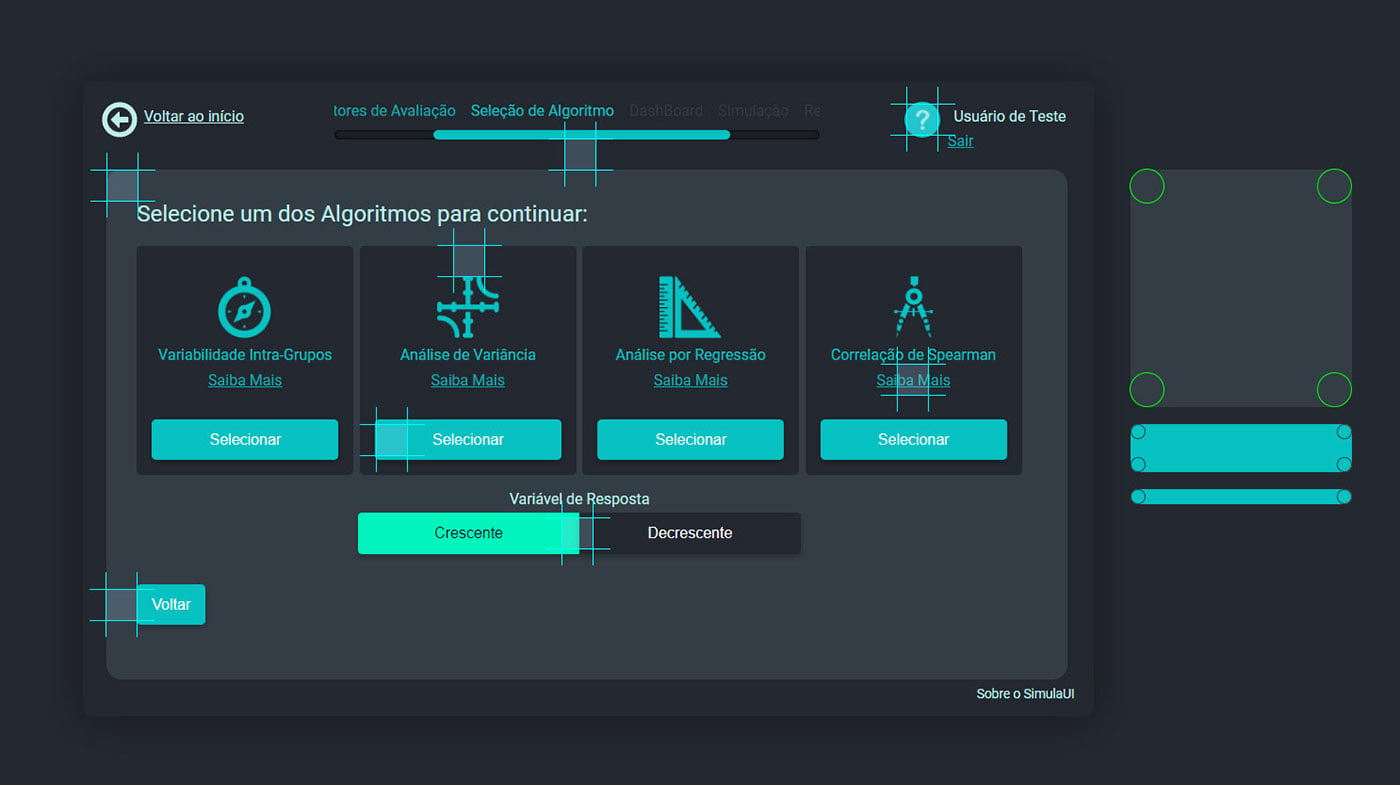Simula: The Pioneer of Modern Software Development
Simula, a programming language developed in the 1960s at the Norwegian Computing Center, revolutionized the field of software engineering. It introduced groundbreaking concepts that laid the foundation for modern software development practices.

Key Innovations of Simula:

1. Object-Oriented Programming:
Simula was the first programming language to fully implement the concept of object-oriented programming (OOP). It enabled programmers to organize code into independent modules called “objects,” each with its own data and methods. This approach simplified software design, maintenance, and reusability.
2. Class and Inheritance:
Simula introduced the concepts of classes and inheritance. A class defines the blueprint for an object, while inheritance allows new objects to inherit properties and behaviors from existing classes. This facilitated code reuse and reduced redundancy.
3. Coroutines:
Simula’s coroutines allowed multiple tasks to share the same memory and processor without interfering with each other. This was essential for simulating complex systems, such as scheduling algorithms and operating systems.
4. Simulation Support:
As its name suggests, Simula was designed specifically for simulation modeling. It provided built-in mechanisms for creating, initializing, and controlling models. This enabled programmers to develop sophisticated simulations without reinventing the wheel.
5. Event-Driven Programming:
Simula introduced event-driven programming, a technique where the program reacts to specific events triggered by the user or the system. This approach made software more responsive and interactive.
Impact on Software Development:
Simula’s innovative ideas had a profound impact on the way software was developed:
- Improved Software Design: OOP and inheritance allowed for more modular, organized, and flexible software designs.
- Enhanced Reusability: Classes and inheritance reduced code duplication and facilitated code reuse, saving time and effort.
- Increased Productivity: Simulation support streamlined the process of developing and testing simulation models.
- Enabled Complex Simulations: Coroutines and event-driven programming enabled the simulation of complex systems with multiple interacting components.
- Inspired Future Languages: Simula’s concepts influenced the development of subsequent programming languages, including Java, C++, and Python.
Conclusion:
Simula played a pivotal role in laying the groundwork for modern software development. Its introduction of object-oriented programming, class inheritance, coroutines, simulation support, and event-driven programming revolutionized the field and paved the way for the sophisticated software systems we rely on today. Simula’s legacy continues to inspire software engineers and shape the future of software development.## Simula: Laying The Groundwork For Modern Software Development
Executive Summary
Simula, a groundbreaking programming language developed in the 1960s, revolutionized the field of software development, setting the stage for modern software engineering practices. Its innovative features, such as object-oriented programming, laid the foundation for building complex and maintainable software systems. This article explores the significance of Simula, highlighting its key subtopics that continue to shape software development today.
Introduction
The advent of Simula marked a pivotal moment in the evolution of software development. Before its inception, programming was primarily focused on writing sequential instructions to perform specific tasks. Simula introduced a paradigm shift by enabling developers to create and manipulate objects, representing real-world entities within software code. This object-oriented approach laid the groundwork for modern software design and architecture.
FAQs
1. What is the significance of Simula in software development?
Simula introduced innovative concepts such as objects, classes, inheritance, and concurrency, which became cornerstones of modern software development.
2. How did Simula influence the field of object-oriented programming (OOP)?
Simula is widely recognized as the first language to fully implement OOP, establishing the principles of encapsulation, abstraction, and polymorphism.
3. What is the relevance of Simula in today’s software development landscape?
Many modern programming languages and software development methodologies, such as Java, C++, and object-oriented design, draw inspiration from the foundational principles established by Simula.
Key Subtopics
Object-Oriented Programming (OOP)
OOP allows developers to organize code into objects that represent real-world entities. Key elements of OOP in Simula include:
- Objects: Encapsulation of data and behavior within a single entity.
- Classes: Blueprints for creating objects with specific attributes and methods.
- Inheritance: Ability for classes to inherit properties and behaviors from parent classes.
- Polymorphism: Handling objects of different classes in a uniform manner through method overriding.
Concurrency and Parallelism
Simula introduced support for concurrent and parallel programming, enabling multiple tasks to execute simultaneously. Important aspects include:
- Coroutines: Lightweight processes that can be suspended and resumed, facilitating cooperative multitasking.
- Simula Classes: Classes designed to manage concurrent processes and resources.
- Monitors: Mechanisms for coordinating access to shared data, ensuring thread safety.
Data Structures and Algorithms
Simula provided a robust set of data structures and algorithms for efficient data manipulation and processing. Key features include:
- Linked Lists: Dynamically allocated structures for storing and accessing data in a sequential manner.
- Binary Trees: Hierarchical data structures for efficient searching and sorting.
- Sorting Algorithms: Built-in algorithms for sorting data using techniques such as quick sort and merge sort.
Software Modeling
Simula enabled the creation of software models that represented real-world systems, supporting simulation and analysis. Key aspects include:
- Discrete Event Simulation: Modeling systems that evolve over time based on discrete events.
- Process-Oriented Simulation: Simulating the behavior of concurrent processes and their interactions.
- Statistical Analysis: Tools for performing statistical analysis on simulation results.
Software Engineering Principles
Simula promoted the adoption of software engineering principles that emphasize quality, maintainability, and extensibility. Important concepts include:
- Modular Design: Breaking down software into smaller, reusable modules.
- Documentation: Emphasis on creating comprehensive documentation for code and designs.
- Testing: Integration of testing practices to ensure software reliability.
Conclusion
Simula’s groundbreaking contributions have left an indelible mark on modern software development. Its innovative concepts, such as object-oriented programming, concurrency, and software modeling, laid the foundation for the powerful and versatile software systems we rely on today. The enduring influence of Simula underscores its significance as a transformative force in the evolution of software engineering.
Keyword Tags
- Object-Oriented Programming
- Concurrency
- Software Modeling
- Software Engineering
- Simula

